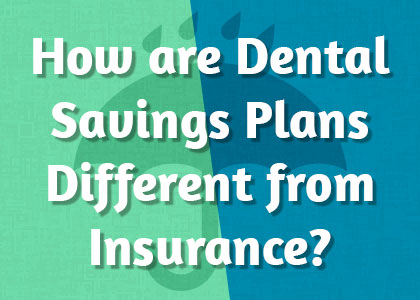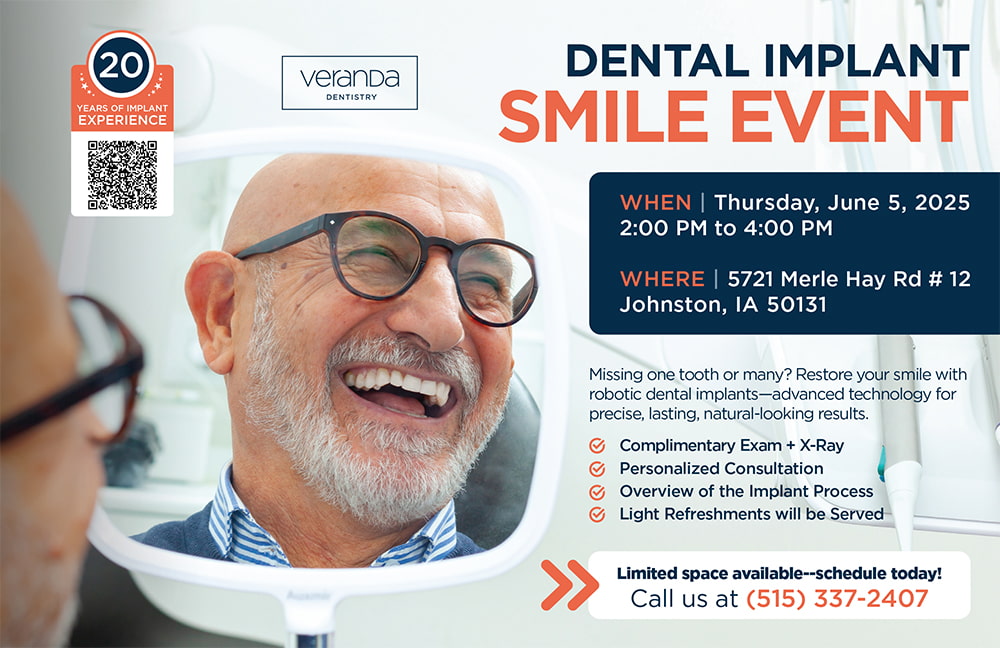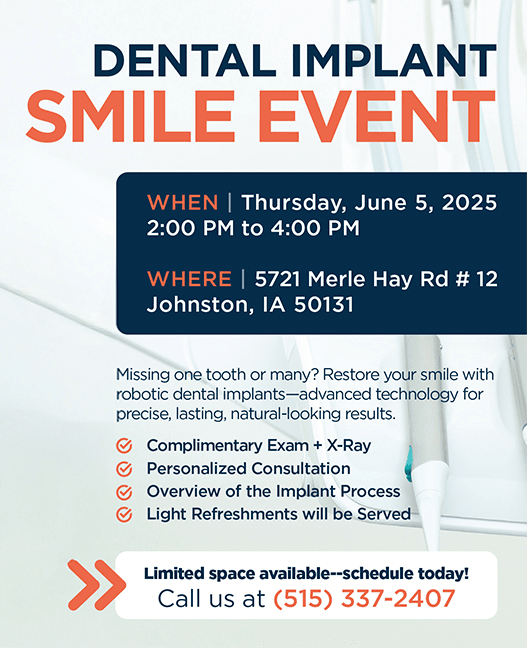How are Dental Savings Plans Different from Insurance?
 Understanding any type of medical or dental insurance can be a challenge, especially for uninsured folks trying to find a plan on their own. According to the National Association of Dental Plans, about 74 million Americans had no dental insurance coverage at the end of 2016. One possible solution is dental savings plans (also called dental discount plans).
Understanding any type of medical or dental insurance can be a challenge, especially for uninsured folks trying to find a plan on their own. According to the National Association of Dental Plans, about 74 million Americans had no dental insurance coverage at the end of 2016. One possible solution is dental savings plans (also called dental discount plans).
Dr. Chad Johnson would like to talk about plans like these and their potential to reduce out-of-pocket dental costs for patients (who doesn’t like to save money?).
How Do Dental Savings Plans Work?
With a dental discount plan, the consumer pays an annual fee, just as they would pay for a buyer’s club membership to Costco or Sam’s Club or for emergency roadside assistance insurance like AAA. In return, they get access to a dental network that offers special savings to plan members, usually in the form of percentage-off discounts. For example, if a participating provider offers a 40% discount on crowns, that crown will cost $600 rather than $1,000 for the dental savings plan holder.
There are no exclusions for preexisting conditions and no annual cap on costs under a dental discount plan. A patient is free to choose the plan offering them the most savings, pay the plan’s annual fee with the full knowledge they need extensive work done, and be in the participating dentist’s chair as soon as they can book an appointment for the procedures they need!
When Do Dental Discount Plans Make Sense?
If you already have traditional dental insurance and know you’ll need a lot of work done this calendar year that won’t exceed your policy’s annual limits, a discount dental plan is probably not necessary for you. However, if you are postponing a costly procedure until the next calendar year, or you have a child or teen that needs braces soon, a discount dental plan might be just the thing.
Before you sign up, do your research—find out what providers in your area are on the plan, which procedures the plan covers, and whether the discount the plan has the potential to actually save you money.
Differences Between Dental Savings Plans & Dental Insurance
- Discount plans generally cost less than dental insurance.
- Dental discount plans require services paid up front (or a payment plan is negotiated at the time of service if the provider allows). There will be no reimbursement from the plan later—and as a result, there is no claim paperwork to complete. While paying for services up front can present a hardship, there are also no surprises.
- There are no annual maximums, deductibles, copays, premiums, or preexisting conditions with a dental discount plan.
- Some dental discount plans cover elective services such as teeth whitening, orthodontics, or other cosmetic dentistry procedures.
- Some dental discount plans throw in bonus savings on chiropractic, vision, or hearing, particularly those plans that are geared toward seniors.
Veranda Dentistry loves to help our patients get the care they need in a way that will work for them. Contact your Pleasant Hill dentists, Dr. Chad Johnson today to learn more or schedule a visit!
The content of this blog is not intended to be a substitute for professional medical advice, diagnosis, or treatment. Always seek the advice of qualified health providers with questions you may have regarding medical conditions.
Sources
http://www.nadp.org/Dental_Benefits_Basics/Dental_BB_1.aspx
https://www.aarp.org/health/medicare-insurance/info-01-2011/discount_dental_plans.html
https://www.dentalplans.com/affordable-care-act/children-dentalcare












